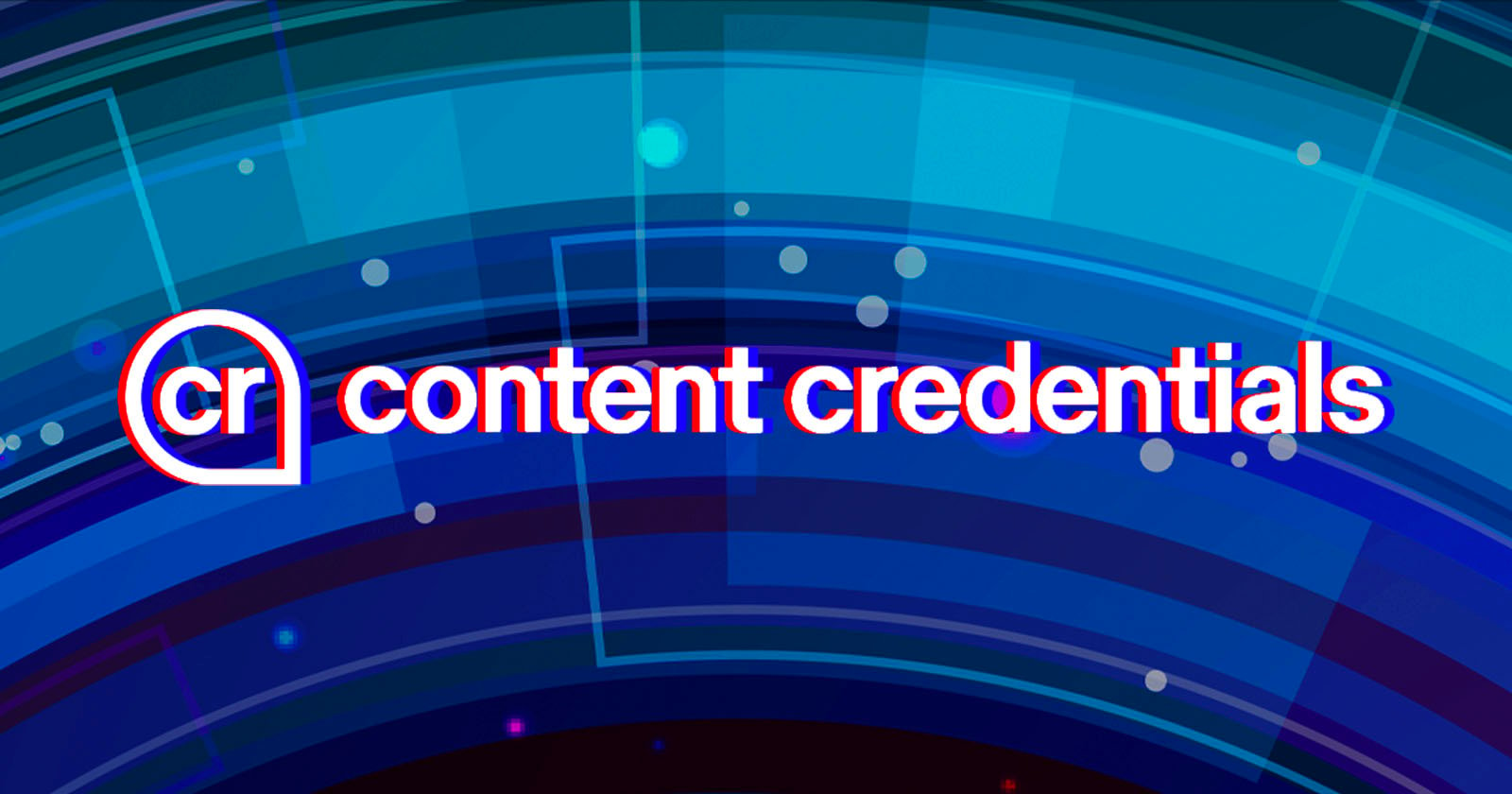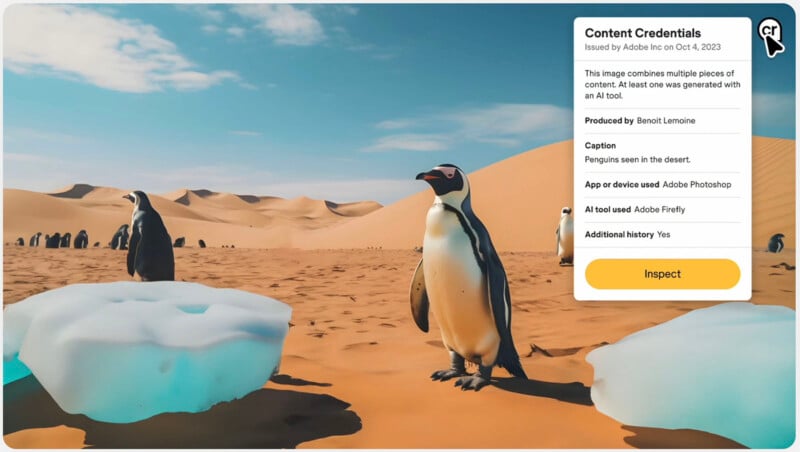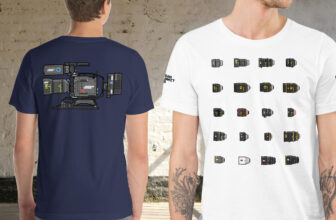
Check out our latest products
![]()
Two weeks ago, enterprise software developer Digimarc released a Chrome extension that could verify and display image provenance for photos or designs embedded with C2PA Content Credentials. After two weeks of testing, PetaPixel found it to be mostly useless, but that’s only because the C2PA rollout has been so disjointed.
For the past few years, the Content Authenticity Initiative’s (CAI) C2PA Content Credentials system has been slowly coming to cameras, smartphones, and image editing software. Leica and Nikon started adding support back in 2022, Sony and Fujifilm followed in 2024, and Panasonic joined the governing body of the standard just two months ago.
But starting late last year with Google and continuing with Samsung earlier this year, the implementation of C2PA into smartphones started to lose focus. Samsung’s approach, in particular, is extremely misguided. The smartphone maker embraced C2PA on its Galaxy S25 series of phones but only added the C2PA metadata to an image if it featured AI edits. If a photo was just a photo, no provenance was added at all. As we argued in February, this is a backward approach.

“Proving a photo is real and unedited is also the original pitch of the CAI and C2PA. When all real images have this metadata tag, there won’t be a need to prove an image is AI-generated because it won’t have a tag,” I wrote back then. “In the ideal CAI world, if an image doesn’t have the C2PA tag, then it shouldn’t be trusted. That, then, fully covers all possible AI-generated uses and photos where the tag has been removed. Suddenly, it doesn’t matter.”
The CAI is just as much at fault here as Samsung, as it’s not providing members of its group with the proper guidance. Between when the organization was founded and the launch of the S25 Ulta, AI became a growing concern and, as if chasing that trend, the CAI started pushing its marketing to focus on proving that something was AI-generated. And while that is certainly possible with C2PA, it makes far more sense to start by proving a photo is real instead of trying to prove it’s not.
“It is remarkably difficult to prove a photo is fake or was edited in some way but it’s very easy to prove a photo is real and unchanged,” I wrote.
Fast-forward to May and Digimarc Labs released its Chrome extension for natively viewing C2PA provenance in-browser. This is a great idea and would go a long way to showing people a photo’s full edit history, except for the fact basically no photos published online are bearing the C2PA metadata. That’s because in an effort to focus on showing AI images aren’t real, the CAI and its members have basically stopped all progress on getting the C2PA metadata added to all new photos.
Side note: I can’t help but point out the irony of having an AI voice read the script for the Content Credentials Chrome extension in the video above.
So despite the fact we now have more accessible tools than ever before to read and understand a photo’s provenance (including a tool that will embed C2PA captured with any camera), we have skipped the step where photos need to actually have that metadata to make use of these tools.
I’ve spoken to every camera manufacturer about C2PA over the last year and asked why all of them seem so reluctant when it comes to fully embracing and rolling out C2PA support. The answer is frustratingly simple: they are all still debating on the best way to cohesively roll out this support. Many are in a “wait and see” mode. Camera makers are waiting for news publications to implement the system and watermark and publications are waiting for camera companies to more broadly support the metadata. If everyone is waiting for someone else to do something first, nothing is ever going to happen.
The C2PA system still appears to be the best way for us to verify the authenticity of photos because it is so far along and so widely agreed upon, but unless someone pushes this cart forward, it’s just going to keep sitting mired in the mud.
Image credits: Header photo created using assets licensed via Depositphotos.

![[2025 Upgraded] Retractable Car Charger, SUPERONE 69W Car Phone Charger with Cables Fast Charging, Gifts for Men Women Car Accessories for iPhone 16 15 14 13 12, Samsung, Black](https://i1.wp.com/m.media-amazon.com/images/I/61SaegZpsSL._AC_SL1500_.jpg?w=300&resize=300,300&ssl=1)



![[True Military-Grade] Car Phone Holder【2024 Stronger Suction & Clip】 Universal Cell Phone Holder for Car Mount for Dashboard Windshield Air Vent Long Arm Cell Phone Car Mount Thick Case,Black](https://i2.wp.com/m.media-amazon.com/images/I/715PBCuJezL._AC_SL1500_.jpg?w=300&resize=300,300&ssl=1)
![[エレコム] スマホショルダー ショルダーストラップ 肩掛け ストラップホールシート付属 丸紐 8mm P-STSDH2R08](https://i3.wp.com/m.media-amazon.com/images/I/51BMFf06pxL._AC_SL1500_.jpg?w=300&resize=300,300&ssl=1)







